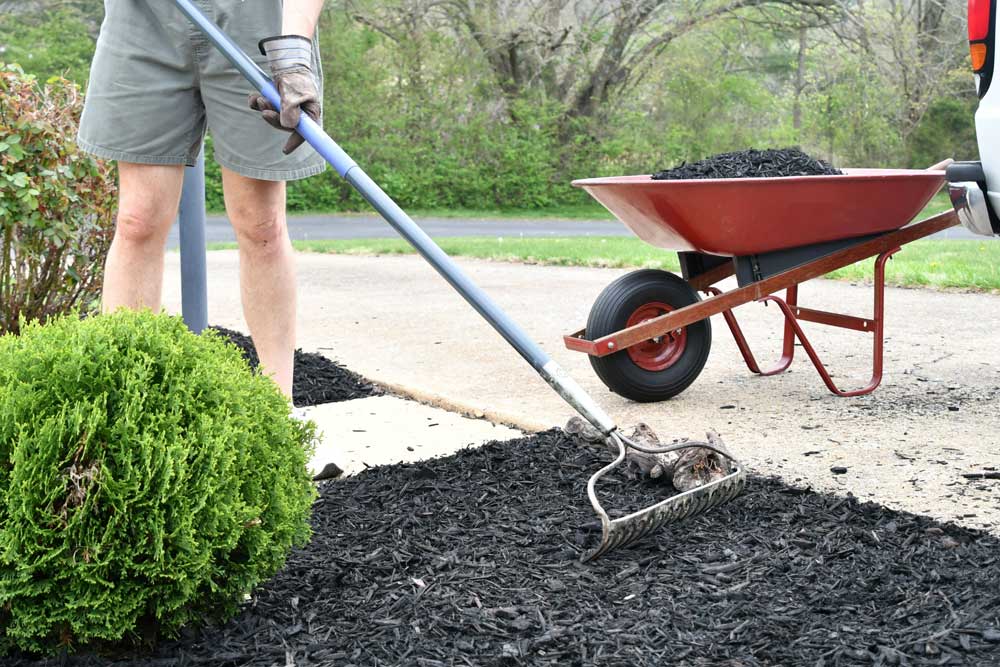Mulching is a time-tested practice for maintaining soil health, conserving moisture, and keeping weeds at bay. While traditional mulches like wood chips and straw are effective, living mulch—a ground-covering plant that acts as a natural mulch—offers even more advantages. By integrating living mulch into your landscape, you can create a more self-sustaining, low-maintenance, and eco-friendly outdoor space.
What is Living Mulch?
Living mulch consists of low-growing plants that spread across the soil, forming a natural protective layer. These plants not only suppress weeds and retain moisture but also enrich the soil with organic matter and nutrients. Common living mulch options include clover, creeping thyme, and vetch, as well as certain herbs and grasses.
The Benefits of Living Mulch
Weed Suppression
Living mulch crowds out unwanted weeds, reducing the need for manual weeding or herbicides.
Moisture Retention
It helps keep the soil cool and moist, reducing the need for frequent watering.
Soil Enrichment
Certain living mulch plants, such as clover, fix nitrogen in the soil, improving fertility naturally.
Erosion Control
A dense layer of living mulch stabilizes the soil and prevents runoff, making it ideal for sloped areas.
Pollinator and Beneficial Insect Support
Flowering varieties of living mulch attract bees, butterflies, and other beneficial insects that help with pollination and pest control.
Where Can You Spread Living Mulch?
Between Vegetable Garden Rows
Living mulch is perfect for filling the gaps between rows of vegetables, helping to suppress weeds and improve soil quality while also providing a soft, walkable surface.
Under Fruit Trees
Planting living mulch around the base of fruit trees, such as using white clover, can enhance soil fertility, reduce water evaporation, and create a healthier growing environment.
In Flower Beds and Around Shrubs
Instead of leaving bare soil in your flower beds, use low-growing ground cover like creeping thyme or sweet alyssum to add beauty and function while keeping weeds at bay.
On Slopes or Hillsides
Living mulch is an excellent choice for erosion-prone areas. Spreading it on sloped landscapes helps prevent soil loss, especially after heavy rains.
In Pathways and Walkways
Some durable living mulches, like creeping thyme or dwarf chamomile, can be used between stepping stones or in garden pathways to create a lush, natural look while still being able to withstand light foot traffic.
Around Raised Beds
Instead of using gravel or bare soil around raised garden beds, a layer of living mulch can create a more cohesive, green aesthetic while improving moisture levels in the surrounding soil.
Choose the Right Living Mulch for Your Landscape
Not all living mulches are created equal, so choosing the right one depends on your specific needs. If you’re looking for a nutrient-rich, easy-to-maintain solution for your garden or landscape, Garden-Ville Living Mulch is an excellent option. Specially formulated to support soil health and plant growth, our living mulch products are ideal for Central Texas gardens and landscapes.
Ready to Transform Your Garden?
Visit your nearest Garden-Ville location or check out our website to learn more about how Garden-Ville Living Mulch can enhance your outdoor spaces. Whether you’re looking to improve soil quality, reduce water usage, or create a more resilient landscape, we have the perfect mulch solution for you!








